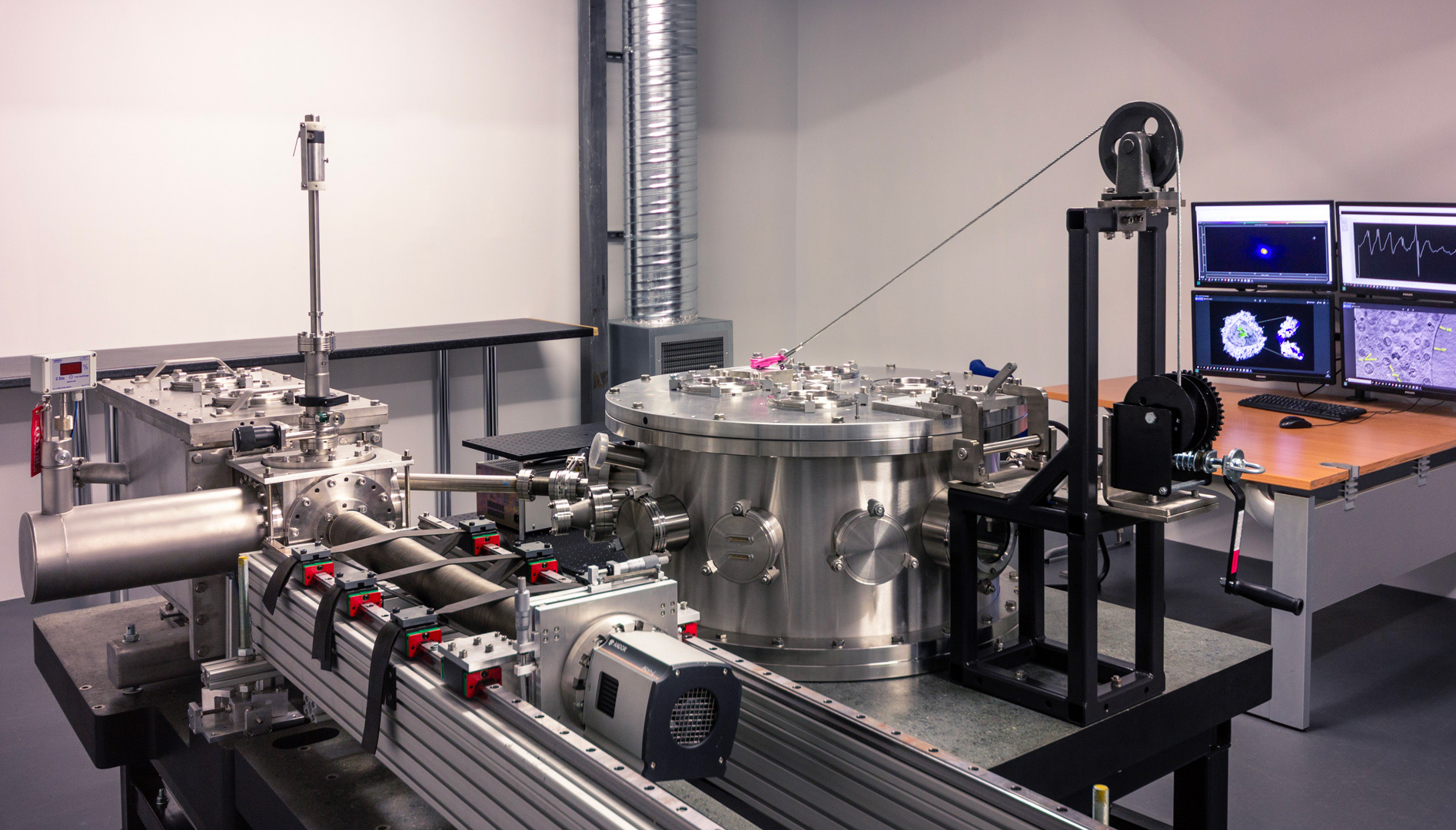SIRIUS XT develops synchrotrons of the future and successful secures €3m SME Instrument Funding in Horizon 2020. Sirius XT has developed an x-ray microscope small enough to fit in any laboratory. As Chief Executive Tony McEnroe outlines, this will have a ground-breaking effect on disease and drug research.
What is the SXT-100?
We have developed the only commercial laboratory-scale x-ray imaging microscope in the world that can create 3-D images of single cells. Currently, the only way to do this is to send cryo-frozen cell samples to one of only four global synchrotron facilities that generate energy at soft x-ray wavelengths. But because there are only four, waiting times for results can be six months and more. However, with our SXT (Soft x-ray Tomography) microscope, laboratories can now have this capability to hand.
What is the innovation?
We’ ve overcome two particular problems associated with cell imaging. First, by making 3-D imaging much more accessible and affordable to laboratories; and secondly by effectively miniaturising a capability that currently only exists with synchrotrons. A synchrotron generates light at soft x-ray wavelengths by de-accelerating electrons that are rotating at very high energies in a doughnut shaped path. The Diamond synchrotron, near Oxford, in the UK, is an example and while the others are not quite that scale, they are still the size of a football stadium. The SXT-100, on the other hand, is a bench-top machine, which generates the same soft x-ray light as a synchrotron through laser-produced plasma emission. It generates a high-resolution 3-D image, or ‘tomogram’, of the whole internal cell structure, overcoming weaknesses in conventional electron microscopy where only slices of a cell are imaged.
What is the importance of this innovation?
Cell imaging is central to disease and drug research. With a 3-D image, scientists can measure and track the change in shape, volume and density of the cell structure. This will speed up research into disease and the development of drug treatments.
How has the SME Instrument helped?
We had a prototype but we needed to bring that forward to commercial viability. Thankfully, the Horizon 2020 funding we got meant we were able to hire in expertise, particularly on the engineering side, to complement our physicists.
‘This allowed us to make the science work reliably. The SME Instrument plays a very important role in funding the gap between having a prototype product and a full commercial solution. In the Medtech sector, where the final stages of product development can be very expensive due to long regulatory or customer testing times, this funding can be very dilutive on founder equity if it is secured from private or VC investors”.
What size is the market?
We already know from contacts we’ ve had in the market that there’ s interest. And while it is a niche market, it’s a large niche I would estimate worth about €1bn a year. Because of the demand, using electron accelerators is not just slow and cumbersome, it’s very expensive. So we estimate our target market is spending €500 million annually on alternative imaging equipment which is still not giving researchers quite what they want.
What does the future hold for Sirius XT?
Currently, there are approx. 2, 000 global enterprises who have access to budgets that would fund the SXT-100, which has a sale price of €2. 5 million. But because our target market is well defined, with easily identified target customers, we can sell the SXT-100 direct to them, without agents or distributors. We hope to grow sales about 50% annually over the next three years which equates to cumulative sales of about 80 units. I think we can reach €200 – €300 million in revenue with almost all operations in Ireland. The engineering and construction will be here with assembly on site at wherever the location may be. But there are also ancillary services that can be developed. We are already talking to an academic institution that may decide within the next year to take an SXT-100 and offer a cell-imaging service to smaller disease research and drug discovery organisations with smaller budgets. At the moment, drug research companies and state-funded disease research institutions are our targeted customer base. Long term, we see hospitals being interested in clinical applications for the SXT-100 too.





